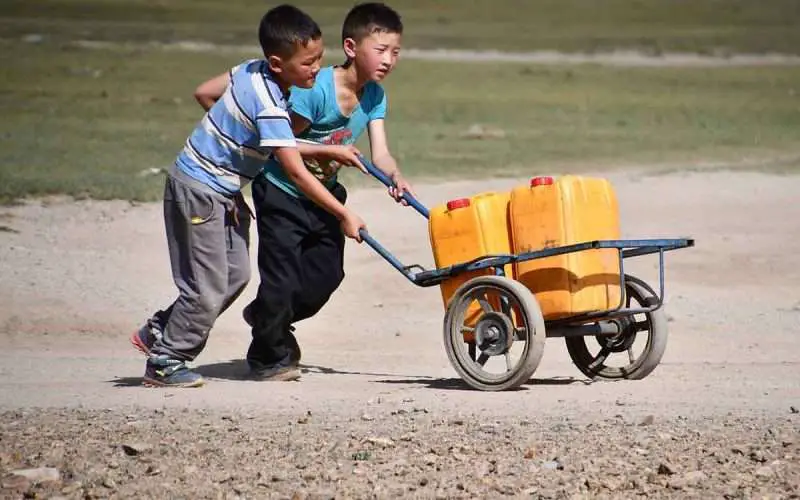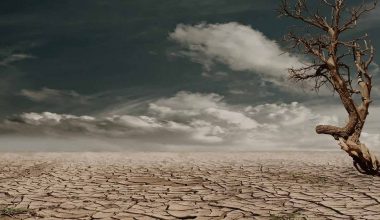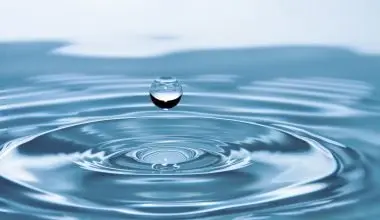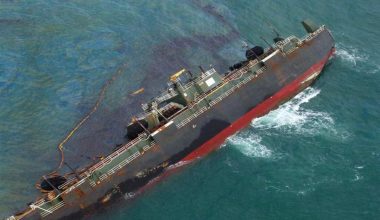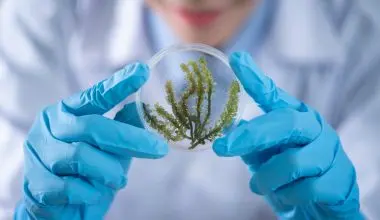Table of Contents Show
What is Water Scarcity?
In simple words, water scarcity is the event where sufficient water is not available in order to fulfill the needs of the people living in the area. It is a situation that takes place due to natural causes as well as human causes.
Apart from the fact that water is distributed in unequal variations on the surface of the earth, we tend to waste most of it. Even if we have less water in our region, most of it is usually wasted, polluted, and not sustained.
Water scarcity is usually sorted into physical scarcity and economic scarcity. Physical scarcity is when there is a water shortage due to the local ecological conditions. Economic scarcity is when there is inadequate water resource infrastructure.
There is a vast increase in population around the world which is leading to a shortage of water in many regions. Water demand is increasing, hence, water scarcity is taking place in countries like India, Pakistan, and China.
Below are the main reasons behind water scarcity.
9 Reasons Behind Water Scarcity
1. Climate Change
Unfortunately, climate change is one of the major causes of water scarcity around the world. Because of the continuous change in the climate, resources are becoming scarce and people are suffering.
Climate change is mostly due to human activities. A case in point is deforestation which harms the land and its surroundings.
Weather patterns are getting disrupted by the climate change. This results in extreme weather occurrences. Water cycle patterns are also disturbed because of which safe drinking water is not easily accessible.
2. Droughts

Droughts are also one of the main reasons for water scarcity. A drought is a natural state in a region where there is an absence of precipitation (be it in the form of rain, snow, or sleet) and very dry conditions. The dry conditions in drought-affected areas persist for a certain period.
Rainfall is also natural and the amount of it varies between different places at different times. The continuous disrupting change in the climate alters the patterns of rainfall too and it makes the temperatures rise.
This results in damaged quality of water and disturbed distribution of global water resources.
When the temperature keeps on getting warmer, the moisture in the soil tends to evaporate faster up in the sky. Warm temperature also contributes to severe heat waves that support drought conditions and lead to a shortage of water.
These situations also aid in the occurrence of wildfires which further support the drought season and scarcity of water.
3. Water Pollution

Water pollution is another main reason for the shortage of water in the world. Due to it, the water gets contaminated which is unsafe and people cannot use it to meet their needs.
Water quality is at risk because of water pollution. Many diseases result from water pollution and cause people to fall sick.
Unfortunately, water pollution kills more people than war and other forms of violence kill altogether. The situation is getting worse as we already have only 1% of freshwater available which is also threatened by our own actions.
Moreover, water pollution is also a result of sewage and wastewater. Most of the water that is available on the surface of the earth gets polluted through various means which lessens water availability.
Wastewater usually flows into the environment untreated. The agricultural and industrial waste flows around and contaminates the groundwater and freshwater resources.
Therefore, the water gets unsafe and results in a lack of fresh drinking water.
4. Poor Management of Water
With the increase in people living in the world, there is a growing water demand. The two factors driving water scarcity are Urbanization and a steady growth in the demand for freshwater.
An example of poor water management is from 2018. In Cape Town, South Africa, there had been a water crisis and people ran out of clean drinking water. It was the aftermath of severe drought, poor management of water, and the overconsumption of water.
Cape Town was the first modern city that faced an extreme water crisis. It created a lot of chaos as people did not have clean water to use.
Furthermore, China is also expected to run out of water due to its poor management. The total renewable water resources per inhabitant is estimated to be 2,018 cubic cm each year.
According to the World Bank, this is 75% less than the average global rate of water footprint.
5. Lack of Cooperation between Two Neighboring Countries
There are many countries in the world that share water sources like rivers, lakes, and other groundwater sources that sit at their borders. The countries share a joint custody of these particular water bodies.
Surprisingly, the United Nations says that only 24 countries that share water bodies have a cooperative agreement. This situation falls short of the envisaged United Nations’ Sustainable Development Goals.
A cooperative agreement means that both countries should take care of their parts respectively. They should follow the protocol regardless of whether the other country is playing its part or not.
6. Overuse of Water
It is an absolute truth that humans are overusing water and wasting it. We tend to use more water than we need. Animals, land, and other things also play a part in water overuse.
Generally, we tend to use water for recreational activities not caring much about the impact it may have on the world.
For example, farmers overuse a lot of fresh water in agriculture. Most of the water gets wasted because of the use of leaking pipes. Thus the farm does not get enough water leading to more use of water. Flood irrigation also leads to a great deal of water wastage. You can learn more about water conservation here.
7. Natural Disasters

As previously mentioned, water shortage is also a result of naturally occurring events and one of those is natural disasters. They include tsunamis and floods that bring about water scarcity along with a lot of destruction.
Because of the fact that these disasters destroy most of the infrastructure, people face a shortage of water. The local water-supplying bodies may get destroyed and even collapse entirely.
Water pollution is also at its height in situations like these. A large amount of soil moves with the water and contaminates it. The water available in lakes and rivers is not clean and safe as well when natural disasters occur.
8. Water Stress
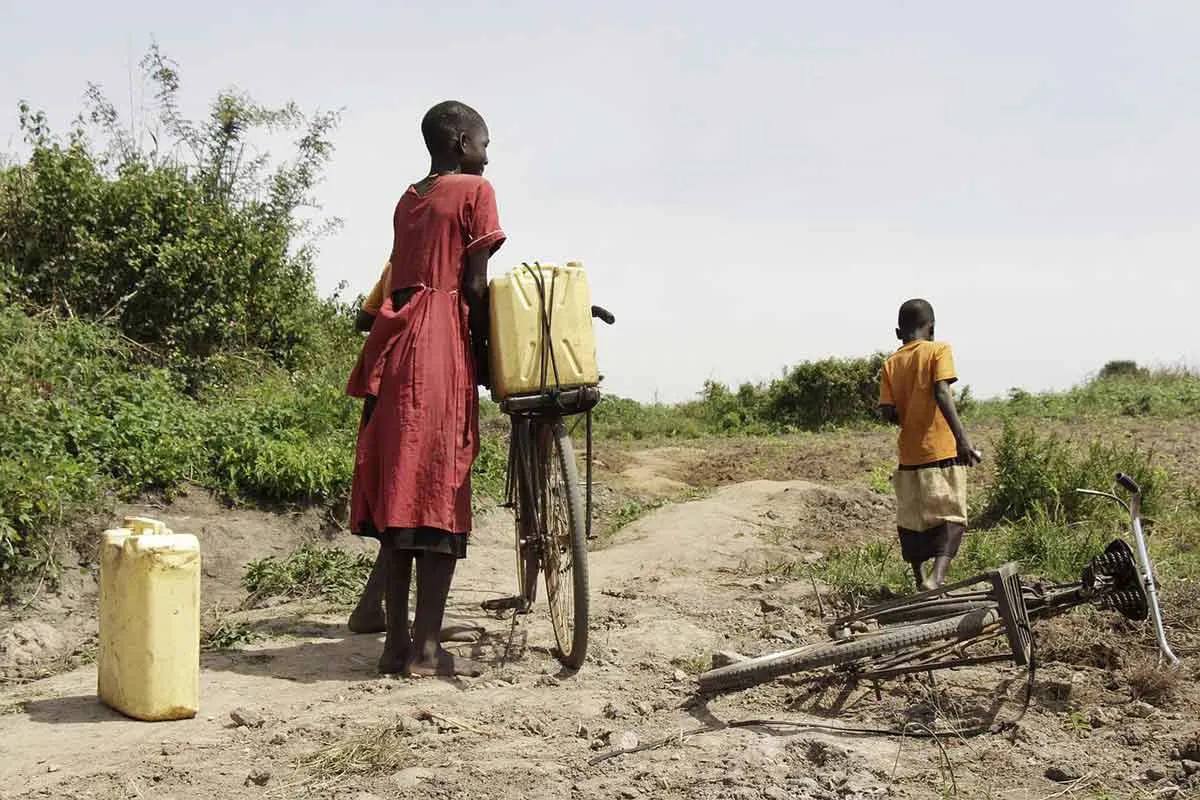
People around the world are suffering from water stress because they have insufficient access to water.
Countries such as those in Africa have citizens who suffer a lot from the absence of clean and safe water. They have little or no access to fresh water. North Africa faces severe water scarcity which is very alarming.
9. Lack of Infrastructure
Many of the countries in the world lack infrastructure and do not pay much attention to the water resources available to them.
There is mismanagement and lack of interest by the governments of these countries. The people living in the country suffer because water does not reach them and most of them can not afford to buy it while the water demand is high.
Water infrastructure is a resource said to have high financial implications while the value of water is also taken for granted. Building a water body requires a high initial investment and the payback period is also very long.
It is the government’s job to ensure the provision of enough water supply to the citizens as per the water consumption standards.
